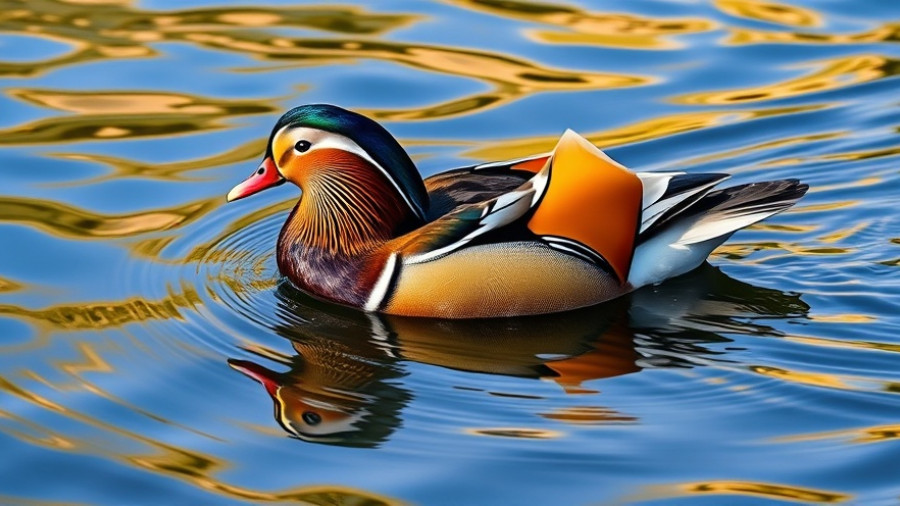
The Dual Purpose of Arcata Marsh: Nature Meets Clean Water
In the picturesque landscape of Northwest California, one might be surprised to discover that a crucial refuge for wildlife also serves an essential function in managing urban wastewater. The Arcata Marsh and Wildlife Sanctuary stands as a transformational example of how effective environmental planning can create both natural habitats and modern utilities.
This unique facility is strategically situated along the Pacific Flyway, a vital route for migratory birds across North America. Far from the image of a typical sewage plant, the marsh captivates visitors with its flourishing ecosystems. More than 300 species, including an array of shorebirds, find sanctuary in its waters and adjacent wetlands.
How Wastewater Becomes a Habitat
Visitors often express surprise to learn about the facility's dual purpose. As community steward George Zaminsky notes, many wander through the sanctuary, captivated by the natural beauty surrounding them, unaware of the treatment systems in place. The transformation of wastewater into a nurturing environment begins with the removal of solid waste, followed by natural filtration through wetlands enriched with algae and plants.
This process exemplifies how urban areas can reclaim and restore vital ecosystems. With a growing awareness of environmental challenges, the success of the Arcata project inspires communities to merge sustainability with urban infrastructure.
The Importance of Wetlands in Biodiversity
All too often, coastal wetlands have faced destruction through urban development along the West Coast. Zaminsky emphasizes that the conversion of previously intertidal lands into urban spaces has severely diminished available habitats. However, initiatives like the one in Arcata offer a glimmer of hope. By allowing certain areas to revert back to their natural states, we can support the survival of diverse species and restore crucial ecosystems.
Ultimately, the Arcata Marsh and Wildlife Sanctuary stands as a testament to innovative environmental stewardship. It reminds us that in the most unexpected places, beauty and function can coexist—transforming an everyday necessity into a haven for wildlife. This serves as an inspiring model for other cities looking to balance urban needs with ecological responsibility.
 Add Row
Add Row  Add
Add 




Write A Comment